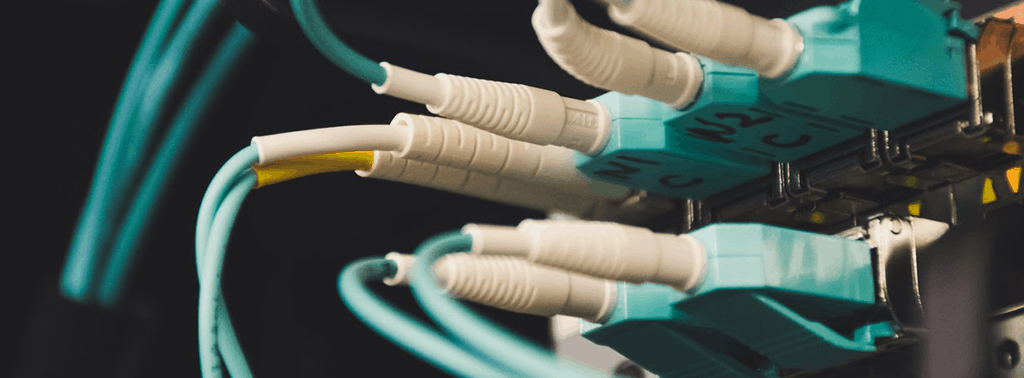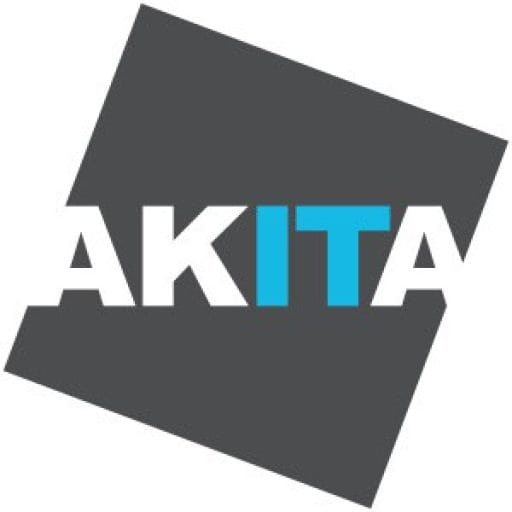Upcoming changes to ISDN have the potential to impact business systems. Below we cover more about what it is and how the end of ISDN could seriously impact businesses:
-
What is ISDN?
ISDN, or the Integrated Services Digital Network, is a circuit-switched telephone network system that transmits data and voice over a digital line. In basic terms, it’s the technology that most business phone systems have traditionally run on. First introduced in 1988, the end of ISDN is now in sight.
-
Why is it switching off?
Quite simply, the technology is out of date. The infrastructure that underpins ISDN has been significantly upgraded since it was first launched in the 1980s. The move to new technology and infrastructure opens new possibilities for more advanced communication solutions that better meet the demands of businesses in the future. Covid-19 has particularly demonstrated the benefits of more flexible phone systems that can be answered anywhere (from mobile phones etc.)
Because of the change, broadband will also need to be updated. Any service using the traditional copper lines will also stop working: alarms, EPOS machines, door entry systems, CCTV and so on (BT may introduce more time for this).
-
What are the alternatives?
The future of unified communications is in IP-based audio and video calling. Voice over internet protocol (VoIP) technology enables voice and video calls on a global scale. The 3CX VoIP solutions that Akita supplies are embraced by some of the world’s biggest companies.
Calling can also take place over the internet via SIP trunks. Microsoft Teams uses this technology to facilitate calls from Teams users to non-Teams users – find out more about our Teams Calling solutions.
Need help deciding which is right for your organisation? Get in touch to arrange a chat with our communication consultants.
-
Is the end of ISDN a good thing?
Yes. The end of ISDN is a catalyst for organisations to modernise and adopt new communication technology. This, in turn, will open up new possibilities and efficiencies of working (eg. the solutions Akita provides all have video conferencing built-in as standard).

Video conferencing capability is included as part of 3CX VoIP software
The change will also significantly reduces call costs for customers (on average by around 30%). This normally means that any costs related to installing a new phone system are quickly recouped in savings.
These new systems are also easier to deploy as there are no physical lines to be installed, so no more long waits for infrastructure installation.
-
What is the deadline for the end of ISDN?
BT had announced it was their intention to stop selling new ISDN lines by 2020. For various reasons, this has been revised to 2023.
The final switch-off date is set for 2027 at which point traditional phone systems will cease working. There is also a question mark around some forms of connectivity running over copper cabling (as opposed to fibre lines). As such organisations need to take the changes seriously and review how their business technology might be impacted.
Want to explore the costs of a new phone or connectivity solution for your organisation? Request a no-obligation quote:




